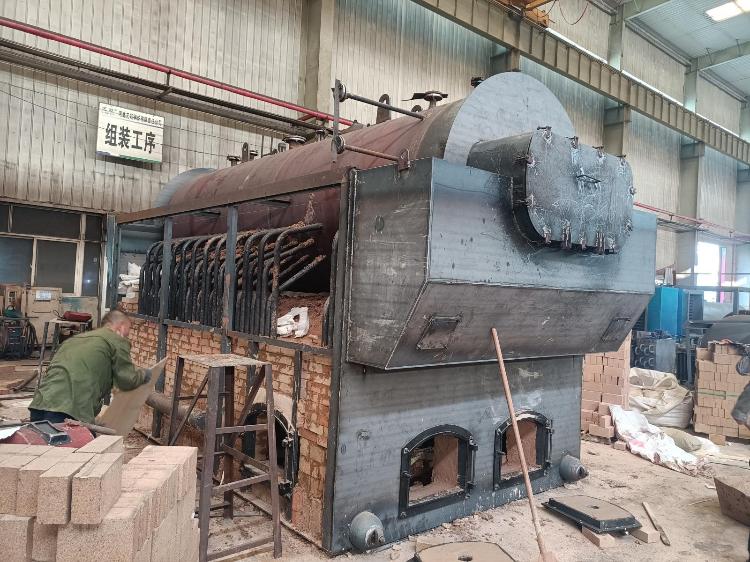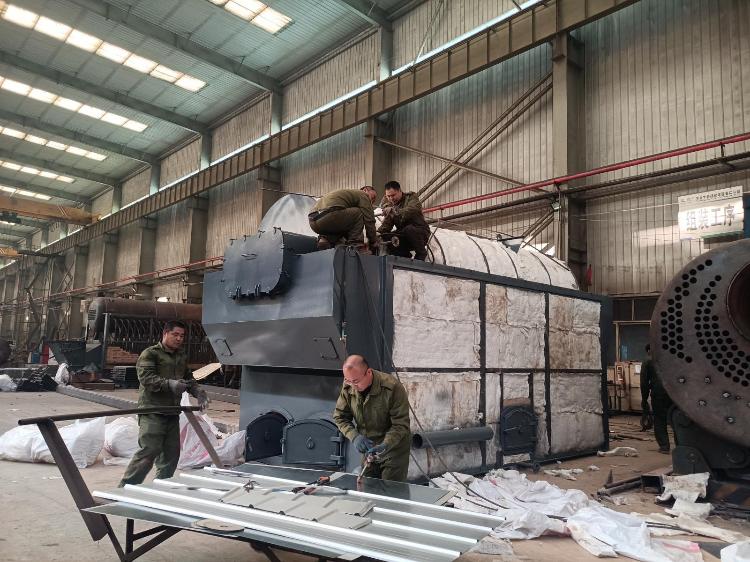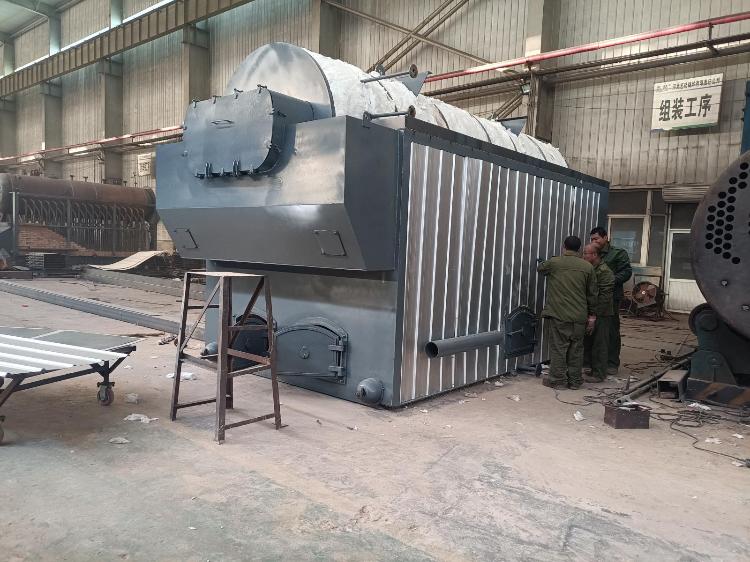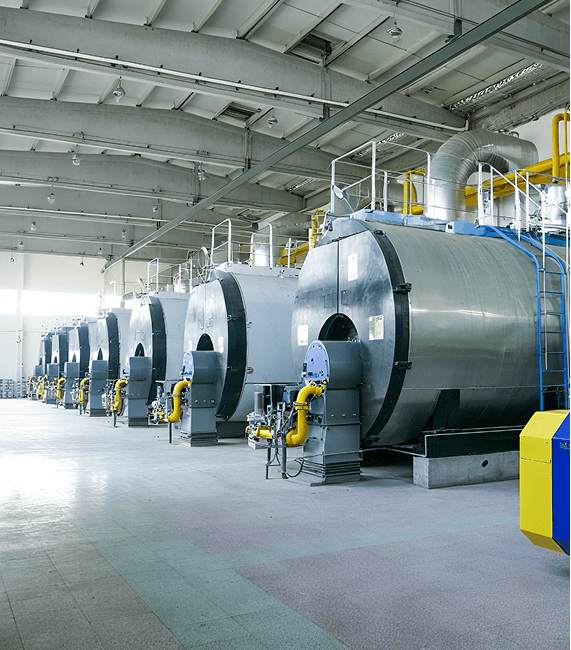The production process of a Biomass Steam Boiler involves several key steps, each of which is critical to the quality and performance of the final boiler. Below is a detailed description of each step:
1. Plasma cutting out the holes:
In the early stages of boiler production, steel plates need to be cut to form the various components of the boiler. Plasma cutting is an efficient and accurate cutting method for steel plates between 4-30mm thick. Plasma cutting provides fast and highly accurate cutting results, but for steel plates thicker than 30mm, flame cutting or laser cutting may be an option for different thicknesses.
2. Fabrication of the inner boiler shell layer:
After cutting, the steel plate undergoes further processing, including grinding, straightening and edge trimming. These processing steps ensure that the quality and dimensions of the boiler inner shell layer are accurate and in accordance with the boiler's design requirements, avoiding mismatches during subsequent assembly.
3. The boiler header is welded to the inner shell layer:
Welding is an important step in boiler assembly. The boiler header needs to be precisely welded to the inner shell layer to ensure a solid connection. During the welding process, special attention should be paid to the welding quality to avoid cracks, deformation and other problems to ensure the structural stability and safety of the boiler.
4. Furnace construction:
Furnace construction is a key link in the production of biomass steam boilers. This step involves the construction of the combustion chamber, which is usually designed with a water-cooled wall to help absorb the heat generated by combustion. By means of radiation and convection, this design can significantly improve the thermal efficiency of the boiler. The process of building the furnace requires strict control over the materials and structure of the build to ensure an efficient and stable combustion process.

5. Filling with insulation wool:
In order to improve the energy efficiency of the boiler and reduce heat loss, the boiler is usually filled with insulating materials between the shell and the internal structure. Materials such as insulation wool can effectively insulate and reduce energy consumption. It is vital to select the right insulation material and fill it precisely according to the design requirements and environment in which the boiler will be used.

6. Boiler shell assembly:
Finally, the assembly of the boiler shell is the closing step of the entire production process. The shell is usually made of high-temperature-resistant materials and needs to be precisely machined and assembled according to the design drawings. During assembly, each component must be accurately connected and sealed to prevent air or heat leakage and ensure efficient and safe boiler operation.

Through these precise steps, the final production of biomass steam boilers can have good performance and reliability, providing continuous and stable heat supply for various industries!


